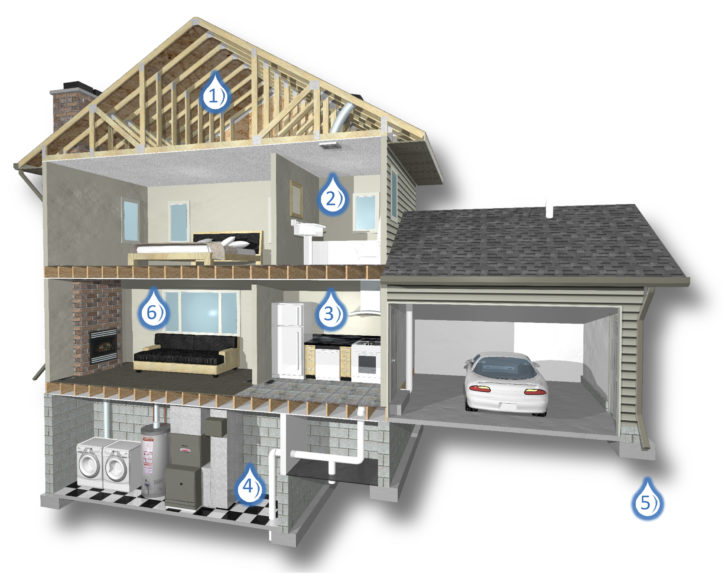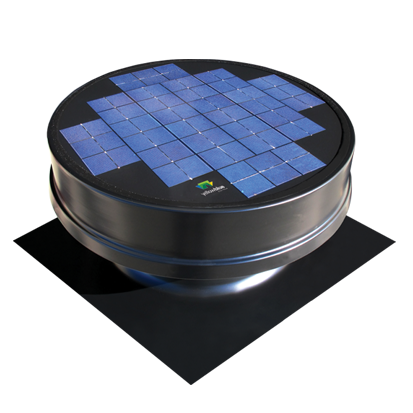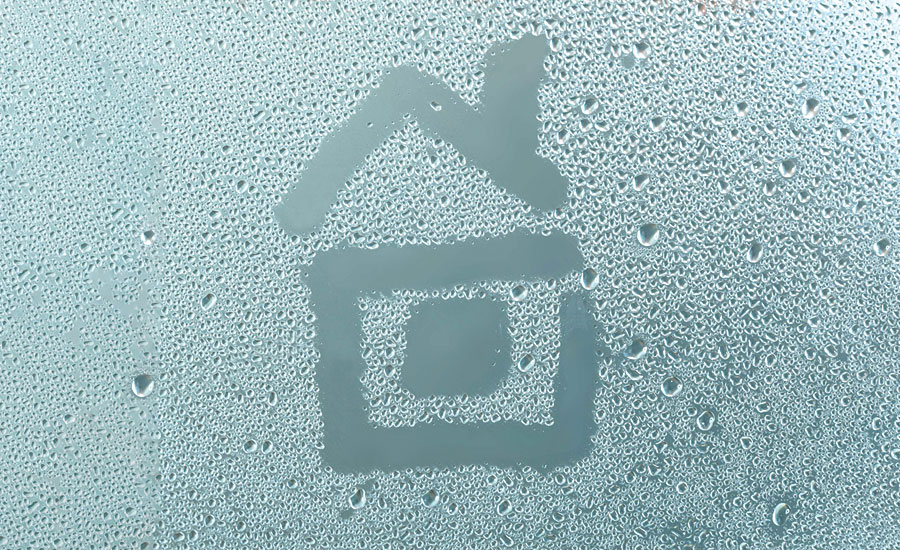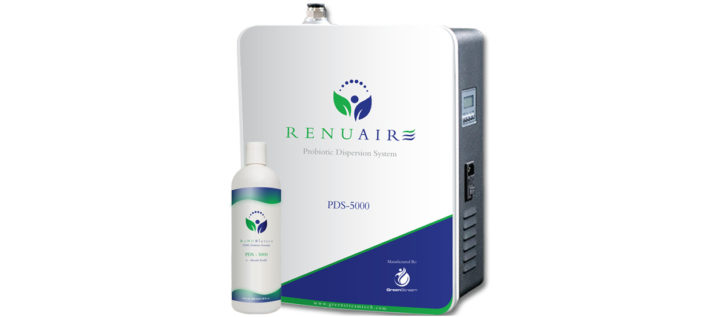Moist.
It’s a word more people dislike than appreciate and it turns out there is more to it than that. It’s not just hearsay or talk around the water-cooler. Recent research shows that there are scientific reasons why it is one of the most despised words in the English language.
The science behind the hatred of the word moist is almost as powerful as the scientific proof that moisture itself is one of your worst enemies as you try to control the growth of mold in your home.
Why is mold growing in my house?
In the Environmental Protection Agency’s publication “A Brief Guide to Mold, Moisture and Your Home,” mold is embraced as part of the natural environment that functions in nature by “breaking down dead organic matter such as fallen leaves and dead trees.”
Indoors, however, mold growth is far less pleasant and should be avoided whenever possible.
Moisture and temperature play important roles in the growth of mold in your home. Mold is more likely to grow in warm, moist environments where they have a nutrition source like wood or insulation.
Mold can grow anywhere on any surface that has the right combination of humid temperatures and moisture for a period of time. It’s difficult to identify in its spore form, but turns up in a variety of colors as the mold continues to grow.
-

-
What causes mold growth in homes?
Below are a few of the common reasons for mold growing in home:
- Leaking roofs and ice dams
- High humidity in bathrooms and kitchens
- Leaking pipes
- Flooding in basement
- Pooling water at foundation
- Condensation on windows and exterior walls
How to know if you have mold in your house
The Denver Department of Environmental Health offers a detailed list of how to detect mold in your house:
-

Kitchens and bathrooms
- Loose or warped tiles or linoleum
- Discolored walls around and under sinks, tubs and toilets
- Walls inside cabinets, floor under rugs, behind and under the fridge
-

Windows and door frames
- Look for chipping paint or plaster
- Discoloration of walls or rotting of wood frames
- Condensation in window frames
-

Ceilings or walls near plumbing sources
- Check for any signs of water damage
How to prevent mold from growing in your home
Prevention is among the most important things you can do to avoid developing a problem with mold in your home.
It all starts with moisture control
“The key to mold control is moisture control,” reads the EPA’s guide on mold. “If mold is a problem in your home, you should clean up the mold promptly and fix the water problem.” Safeguarding your home against mold growth is a proactive and simple way to avoid having mold grow in your home. Here are a few of the best suggestions from the experts:
- Don’t leave wet items like towels and rugs out for long periods of time.
- Keep humidity levels no higher than 50 percent
- Promptly fix leaky roofs, windows and pipes
- Ventilate shower, laundry and cooking areas
- Clean up and dry any area that has been flooded or had a leak within 48 hours
- Ensure windows and doors are properly sealed
- Check rain gutters frequently to prevent backups or flooding
- Clean your home and all of the surfaces in it regularly to help avoid buildup of potentially harmful substances
-

Increase ventilation in home
Another way to protect your home from mold is to keep air flowing throughout your living spaces and in your attic. The EPA advises that without good airflow, excess moisture is likely to build up and seep into undetected areas. Keeping air flowing will not remove mold, but rather help prevent it from building up in the first place.
- Attic ventilation is a key component to helping prevent mold growth in your home. Consistent air flow through an otherwise forgotten about area like the attic can help keep moisture levels under control while simultaneously protecting the roof and structural elements of your home. Products like solar powered attic ventilators offer an environmentally-friendly option that functions to keep that air moving.
- Ventilation throughout the home is also important. Consider taking special precautions in rooms where you actually create moisture, like your bathrooms and kitchens.
-
Install a probiotic air and surface purifier
When you think about how to prevent mold growth in a home, you may not think of probiotics as a possible method to do so. However, a probiotic air purifier can help improve the quality of air in your home in a variety of ways. Using patented technology, probiotic air and surface purifiers like RENUAIRE by Yellowblue continuously disperses environmental probiotics in your home.
Systems like RENUAIRE by Yellowblue offer increased protection from indoor irritants by providing effective and long-lasting residual cleaning of inorganic matter in the air and on surfaces. The natural, chemical-free and environmentally-friendly purifier puts environmental probiotics to work to purify the air and hard surfaces by intermittently releasing billions of probiotics into the air to consume organic pollutants. Here is a case study showing mold reduction results from the environmental probiotics technology behind RENUAIRE by Yellowblue.
Getting rid of mold in your house
Aside from being unsightly, research by the Centers for Disease Control and Prevention cites a number of health issues that are commonly associated with severe allergies like hay fever, asthma and pneumonia.
In 2002, Dr. Stephen Redd published a study entitled “State of the Science on Mold and Human Health” by the Air Pollution and Respiratory Health Branch National Center for Environmental Health Centers for Disease and Control and Prevention on behalf of the United States Department of Health and Human Services.
The study summarized the CDC’s perspective on mold and health effects in people and its efforts to evaluate health problems associated with molds. It concluded with a call to action that continues to this day: a commitment to ongoing research that will help reduce the health concerns associated with mold growth.
Steps have been made since the study was published, starting with the continued development of the Indoor Air Quality division of the EPA. As scientists strive for change at a high level, part of the EPA’s mission through their initiatives is to empower homeowners with knowledge they need to deal with issues like how to get rid of mold in a house.
If you suspect you have a mold problem, one of the best ways to mitigate the issue is to have the mold source identified and tested by a professional. Depending on the cause of the mold issue and/or its severity, your homeowner’s insurance policy may cover the cost of removal or remediation, which should always be done by a high-quality remediation company.
Want more tips on ways to improve air quality in your home?
Contact us for more information about our attic ventilation and air quality specialty services.



